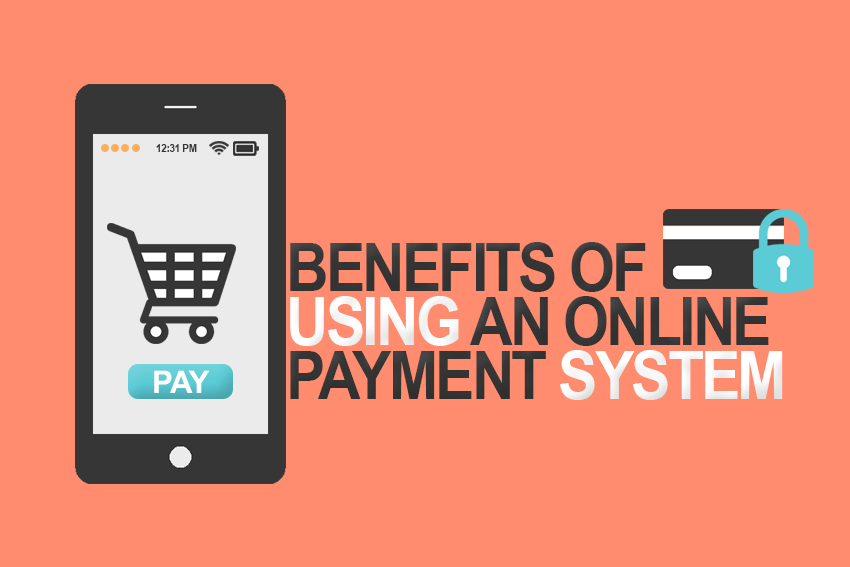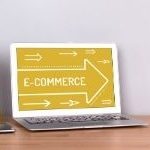
Most entrepreneurs starting out at the seed stage are always worried about the financial status of their businesses due to the high cash outflow at the early growth stage of their ventures. This should however not be the focus of the entrepreneur at this level of startup development since there are several options of raising funds to cover your working capital as you grow such as business credit cards and prepayment from your first customers. Your focus at this level should be on developing a strong business model with a compelling scaling strategy that will attract more funding from other sources such as angel investors and venture capitalists too.
Understanding the building blocks of a successful business model is very important before you delve into mobilizing resources to launch your new startup. A business model is basically the way your business will be generating money over time and the associated costs to be incurred in the process of meeting your client needs.
The issue of sustainability comes in when we consider whether your business will be making profits or not. In most cases it will take between one and three years before a typical startup breaks even and start making profits. However, the length of time it takes to break even differs from industry or sector to another. In some industries such as pharmaceuticals it might take a long period of time developing the new medicine and testing it before it is finally released into the market, hence during the product development period which can last for more than five years in some cases, the company will only be incurring costs without generating any income and hence no profits can be recorded.

In other sectors such as in the IT industry, a new technology can be developed within one year and if it is actually solving a real problem in the society, it will gain traction very fast and within a short period the startup breaks even. This has been the case with startups at the Silicon Valley that have turned into unicorns (a Silicon Valley term for a company with a valuation of one billion dollars) within three to five years of launching.
A successful business model is one that results to creation of a business that generates enough revenues to cover all your business costs and make a significant profit that is growing over time. To achieve this desired state of operations for every entrepreneur, you will need to have your target customers, revenue streams, cost structure and unique value proposition well defined before diving into the business.
No matter how good your product is, you cannot serve all the seven billion people living on earth today. You will need to segment the market and create a niche customer base that you will target with your product or service if your business model is going to be sustainable. To get the right target customer segment to focus on, you need to begin with identifying the challenge or the problem in the society you want to solve. It could also be a need or a gap you have identified and you want to fill it by providing a service of or a product. After identifying the challenge; map out the people facing the challenge in terms of their demographics and geographical characteristics. If the problem you are solving or the gap you are filling is big enough and the number of people facing the problem in the market is high and growing, then you will have passed the first hurdle in building a sustainable business model.

The next thing to clearly get right at the onset is the revenue streams for your business. After identifying the customers facing the problem that you are solving, the next step is to determine who will be paying for the solution you are providing. In most cases, the customer facing the challenge always pays for the product or service you will be providing as a solution. However in some cases such as in education, the student will be studying while the parent will be the one paying the school fees. Understanding who pays and how to get them to pay for your service or product is very essential to ensure that the right marketing strategies are put in place to attract both the user and the one paying.
To generate revenues you will have to incur business costs. These costs can be divided into variable costs and fixed costs. Fixed costs are costs that remain the same over time while variable costs change based on how much production you are having. It is always prudent to ensure that you keep your fixed costs low in order to maximize on the profits you earn at the end.
Finally, a sustainable business model depends on how differentiated you are from the rest of the competitors in the market. You will need to craft a value proposition that will make customers to buy from you instead of buying from your current and future competitors. This means that to be successful and continue growing your profits over the years, you will need to keep innovating your business model and keep ahead of the competition.











